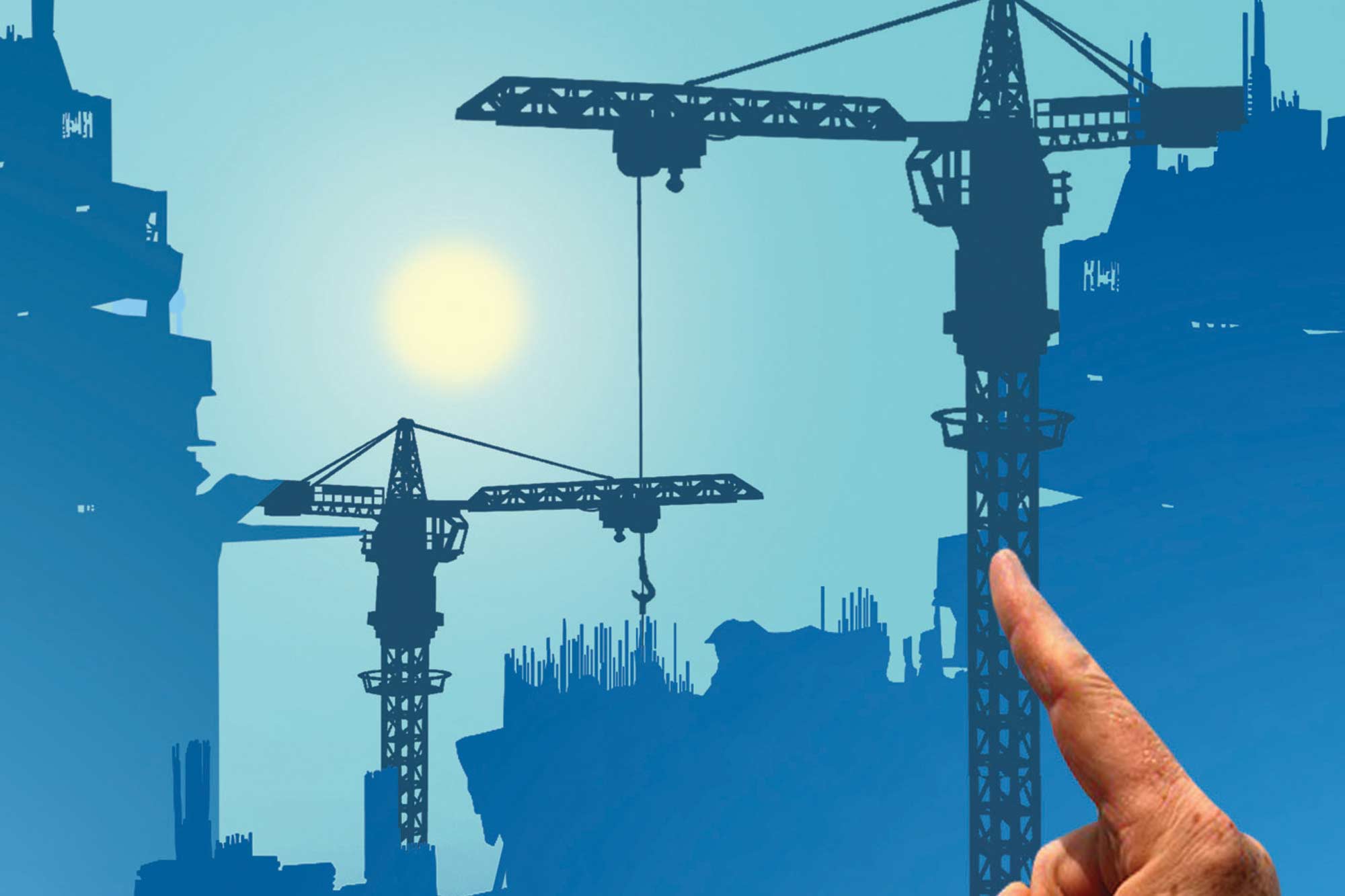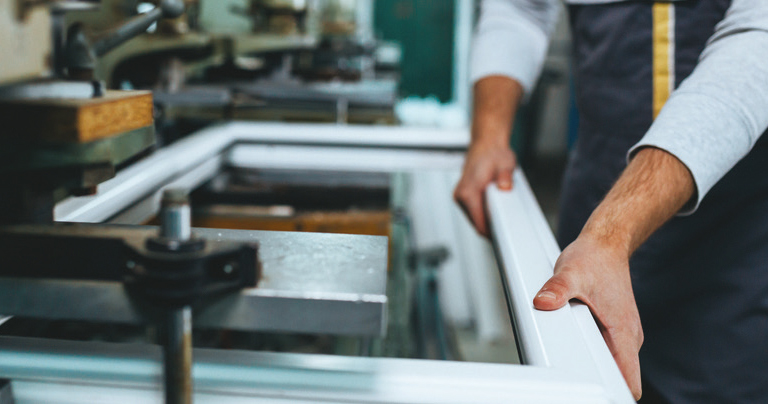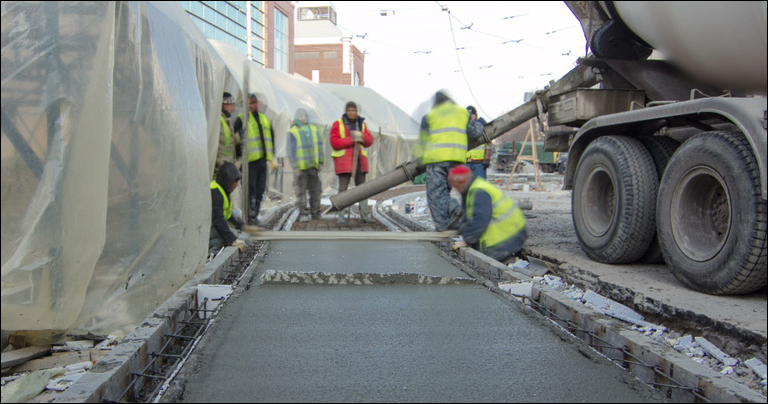How to select a tower crane?
By Edit Team | July 2, 2015 12:20 pm SHARE

Selecting tower cranes can be a daunting task, but experts offer their opinion
Tower cranes are often seen at construction sites involving high rise constructions. Ever since the real estate boom in the cities, tower cranes have become an important part of high rise constructions. Several things go into the decision making process of selecting tower cranes for a project. Experts discuss in detail, the points that need to be considered while selecting tower cranes.
Crane capacity and features closely linked to the project
Tushar Mehendale, Managing Director, Electromech Material Handling Systems shares his expertise on the selection of tower cranes. He says, “The selection of a tower crane for a high rise building depends on a variety of factors. Typical criteria that should be considered including the type of construction technology being used – conventional, precast or slip formwork. This will indicate the capacity of the crane required as well as the type of crane in some cases.” For example, in the case of slip formwork, not only is a higher capacity crane required, the crane also operates at full capacity at high speeds for a majority of its operating time. This requires very robust construction and electrical as well as precise motion control.
Site conditions play an important role in selecting the type of crane required. “Multiple tower cranes operating within the same work envelope might necessitate the need for a flat top crane, while sites in crowded cities with other buildings around them might require luffing jib cranes,” Mr Mehendale adds.
Requirements at future projects
“It is worthwhile for a developer purchasing a tower crane to consider the requirements at future projects. This will help reduce additional capital expenditure on cranes,” says Mr Mehendale.
Asserting on the importance of safety, Mr Mehendale says, “Further, safety is an extremely important aspect to be considered while purchasing cranes. Even the smallest of accidents on a crane can result in great damage and possible loss of life. Additionally, well-engineered cranes have a long life contribute to efficiency of construction. The availability of long term support for the cranes is also a must.”
Moreover, selection of the supplier should be done so as to ensure a reliable and safe crane, with adequate service back-up across the country. Ideally, a customer should thus look for a proven track record of a crane manufacturer and its ability to provide efficient after sales service support, its ethics in supplying the committed specifications and most importantly the leadership position it enjoys in the industry.
Zoomlion offers wide variety of tower cranes
Electromech – Zoomlion’s JV offers much for the Indian market with Zoomlion’s range of tower cranes. Zoomlion offers over 42 models of tower cranes ranging from 4 ton to 240 tons that can cater to any type of requirement from the real estate as well as infrastructure construction sector.
For working on high rise projects, Zoomlion offers flat top cranes ranging from 4-tonne to 25-tonne. These are designed for safe and reliable performance while ensuring high cost-efficiency. These cranes are efficient, quick to erect and can self-dismantle and have low operational costs. The flat top design is most suited where multiple cranes are being used in close proximity. These cranes are available with spans up to 80 metres.
Hammer head cranes ranging from 5-tonne to 25-tonne. The cranes from this series satisfy diverse construction requirements of different users. Safety devices, robust structure and specially developed PLC electronic control technology enable the tower cranes to be safer and more reliable. These cranes are available with spans up to 80 metres.
Luffing Jib tower cranes capacity range from 8-tonne to 25-tonne. The technical parameters and performance of these cranes are ideal for special construction requirements. They feature large lifting capacity, derricking with load, small swing radius and require little operating room. Especially suitable for narrow spaces in urban areas and multiple tower project construction, they are the best choice for high rise projects in crowded cities. These cranes are available with spans up to 60 metres.
Zoomlion cranes ensure safety and ease of use
Zoomlion range of tower cranes incorporates several innovative features that ensure safety, ease of operations and maintenance. These include a parameter monitoring system that ensures all movements remain within the safe programmed limits. Some of the features included are – Self-climbing mechanism with anti-drop device for safe jacking operation. Climbing frame with platform for easy and quick self-erection. Limit switches for hoisting, slewing and trolley movement. Anti-twist device for wire rope. Trolley with safety features such as wire rope breakage protection, axle breakage protection and wire rope guide. Load limiter as well as moment limiter provided to ensure safe operations. Anemometer and lightning arrester to prevent mishaps due to environmental conditions. Quick change device for switching between wire rope falls. This enables handling of heavier loads at low speeds and lighter loads at high speeds with the same crane, thus enhancing productivity at the construction site.
“Modular connections of the counter jib and main jib to the slewing module ensure quick assembly and disassembly, saving time and effort. Ladder with safety cage and rest platforms for convenience of operators and maintenance personnel,” says Mr Mehendale.
Manitowoc’s Potain tower cranes are ideal for high rise buildings
The Potain MR 418 is the first in an updated line of luffing jib cranes from the manufacturer, each with full frequency-controlled mechanisms for precision control and a streamlined design. The crane can be utilised in either one-fall or two-fall reeving and is perfect for high rise buildings, including super tall structures that exceed 200 metres.
The MR 418 offers a host of benefits including the optional 270 LVF 120 hoist. The 201 kW 270 LVF 120 hoist offers excellent capabilities for working on high-rise projects. The 830 metre rope capacity on the winch’s drum means that in single-fall configuration a hook path of 830 metres is possible, while in two-fall configuration, 415 metres of vertical reach is possible. In addition, the winch can reach speeds of up to 254 metre/min for better productivity, while the power control function means the winch can operate off varying power inputs, allowing it to cope with lower power supplies on site.
Customers not requiring the full power of the 270 LVF 120 hoist can choose the 110 kW 150 LVF 120 hoist. This hoist has a drum capacity of 552 metres and can produce line speeds of up to 210 metre/min.
Potains’s Mast system can deal with challenges of high risesIn terms of working height, Potain’s intelligent mast system gives the crane enhanced flexibility to cope with the challenges of modern high-rise buildings. The crane can be installed on fixing angles or on various sized chassis of 6 m x 6 m; 8 m x 8 m; and 10 m x 10 m.
For example, a free-standing height of 90 metres can be achieved on a 10 m x 10 m chassis when fitted with 35 metres of jib. With its design focus on high-rise applications, the crane needs only three anchorages to reach a working height of 170 metres. When anchored to a building, the crane’s mast can extend up to 53.2 metres above the last anchorage point.
Potain cranes are made for rough terrain
Other design features include having the luffing mechanism and hoist uniquely mounted inside the counterjib, which reduces the amount of space the crane takes up on site and simplifies assembly. Also, there is a large service platform behind the cab, giving technicians a single location from which to access all the major service points. As with previous Potain luffing jib cranes, the counterweight moves to offer better lifting capability – still a function not manufacturers can offer.
Speaking of thee luffing jib cranes Alexandre Chanteclair, Product Manager, Top Slewing Cranes, Manitowoc Cranes says, “For luffing jib tower cranes, two of the most important considerations are it’s out of service radius and the counterjib length. The cranes are designed to work on extremely congested sites, so the less space they take up the better. With the Potain MR 418, we have an extremely compact crane that’s quick to assemble, quick to commission and capable of extremely fast lifting speeds on high-rise job sites. Maximum capacity for the crane is 24 tonne and the maximum jib length is 60 metres.”
Everest’s action plan for selecting tower cranes
P.V. Ramdev, Managing Director, Everest Engineering Equipment Pvt Ltd, gives insight into the several aspects that need to be considered while selecting tower cranes. He says, “Location of tower cranes to cover the entire building and designated area of the building is to be planned in advance. If viable, it is better to go for external fixing type cranes if the height of the building is 100 -120 metres. If the height of the building is above 120 meres it is better to opt for inner climbing cranes. The suitability of lift room size must be checked for the fitment of tower crane mast section and I beams according to their size if cranes are of the inner climbing type. The free standing height should be mast height and should be suitable to work for Peri, Meiwan and Tunnel type formwork.”
He adds, “The jumping sequence must be checked up to the entire height when it comes together with form work, boom placer, different floor heights, etc. If multiple cranes are to be fitted, then luffing cranes are always a better option to go with because it can pass through the other crane through luffing the jib. Luffing crane has very short counter jib length and it is very safe during wind wane condition in buildings of height 150 metres and above.”
Organised planning required for selecting cranes
“The space for assembling and erection of the crane needs to be planned in advance with a well planned logistics support. It is better to plan out a method statement and analyse the potential risk of each location. Tower crane mechanisms play a significant role. All the mechanism must be of VFD control. Schneider and Siemens are recommended for the reliable, smooth and accurate placement operations. VFD control saves power consumption by 35 to 40 per cent. It is essential that all the motors must be IP54 and above to protect the crane from entry of water and dust during heavy monsoon and. A safe load indicator and protection control must be installed for additional safety of tower cranes. Anti-collision devices with safe load indicator can also be installed in places wherever multiple cranes are working. This can prevent collision with other buildings, boom placers, towers or nearby objects,” says Mr Ramdev.
SYM makes customised tower cranes
Speaking of SYM cranes supplied by Everest Engineering Equipment Pvt Ltd. Mr Ramdev says, “SYM is a 65 years old company manufacturing 8-tonne – 64-tonne tower cranes and has proved itself with its presence worldwide. SYM can offer luffing, flat top and topkit type cranes with various type of mechanism according to the building height, lifting load, lifting speed, etc.”
In India, more than 100 units of SYM cranes are in operation.SYM designs, manufactures and supplies tower cranes specific to the requirements of the clients. SYM has already supplied 20 customised cranes of 20 to 25-tonne capacity in India with multilevel wire rope anchorage of up to 180 metres height, working in various power plants. However SYM standard combinations will be enough for current Indian high rise building requirements. SYM offers pre-dispatch inspection which can be done by customer or by a inspection agency. High-speed lifting can also be offered according to the requirements of the building.
Spartan’s tips to choose a reliable tower crane
Dr Vikram Mehta, Spartan Engineering Industries Pvt. Ltd. talks about the points that should be considered while selecting tower cranes. The points are concisely listed below:
• Easy, safe installation and dismantling processes
• Easy transport
• Easy handling operations
• Low maintenance cost
• Jerk less and safe operation
• Less power consumption
• Fast and easy troubleshooting
• Less space requirement
• Long life of wire rope
• Clear vision through glass in all weather condition
• Worker’s safety and operator comfort
• Safe wire connection
• Long life of crane
• Operates in all weather conditions.
• Easy availability of spares in India.
CAT HEAD tower cranes are suitable for high-rise projectsDr Mehta describes the features of the CAT HEAD range of tower cranes that can be beneficial for high rises. Speaking of the CAT head range of cranes offered by Spartan Engineering Industries Pvt. Ltd, he says, “The CAT Head cranes follows CE Standards and is available in a Cat Head design. The crane models are available in stationary, inner climbing, skid mounting and travelling models. The robust mast and jib section ensure uninterrupted and safe operations.”
The cabin is spacious offering a 360 degree visibility. The crane has ST510C Steel structures with pin type connections. The Pins, Ropes, Platforms, Loaders and Footpaths are galvanised. The VFD Hoisting and VFD Slewing are available with speed Adjustments. The crane offers a travelling trolley winch with VFD technology. The electrical components are all branded and the safety devices adhere to EN 14439. Spartan tower cranes are designed and manufactured as per EN 14439, a European standard that deals with all significant hazards, hazardous situations and events relevant to tower cranes.
“All structural fabrications use prime quality steel from Jindal steel and SAIL. All critical raw material of tower crane like plate, pins, and tubes are tested in metal testing lab to ensure the strength of material. Spartan carries out DP (Dye Penetrant) testing to ensure the welding quality and strength of weld joints by a QC inspector after welding,” claims Dr Mehta.
Selection of cranes is a crucial processExperts suggest that the process of selecting a crane involves some amount of brevity. It is essential to look into all aspects of the plan while selecting and calling for a customised tower crane. These points offer a comprehensive take on all that goes into selecting a tower crane. It does not go without saying that selecting a tower crane for a project is a very crucial decision point.
It is worthwhile for a developer purchasing a tower crane to consider the requirements at future projects. This will help reduce additional capital expenditure on cranes.
Tushar Mehendale, Managing Director, Electromech
For luffing jib tower cranes, two of the most important considerations are it’s out of service radius and the counterjib length.
Alexandre Chanteclair, Product Manager, Top Slewing Cranes, Manitowoc Cranes
The space for assembling and erection of the crane needs to be planned in advance with a well planned logistics support.
P.V.Ramdev, Managing Director, Everest Engineering Equipment Pvt Ltd
Spartan carries out DP testing to ensure the welding quality and strength of weld joints by a QC inspector after welding.
Dr Vikram Mehta, Managing Director, Spartan Engineering Industries PVT LTD
Cookie Consent
We use cookies to personalize your experience. By continuing to visit this website you agree to our Terms & Conditions, Privacy Policy and Cookie Policy.





















































